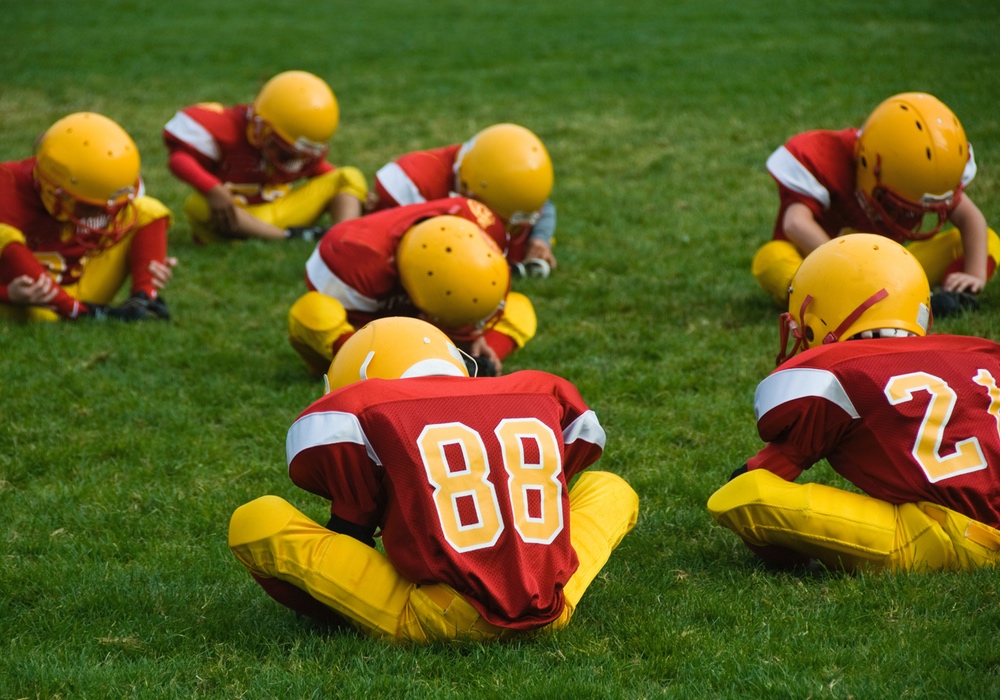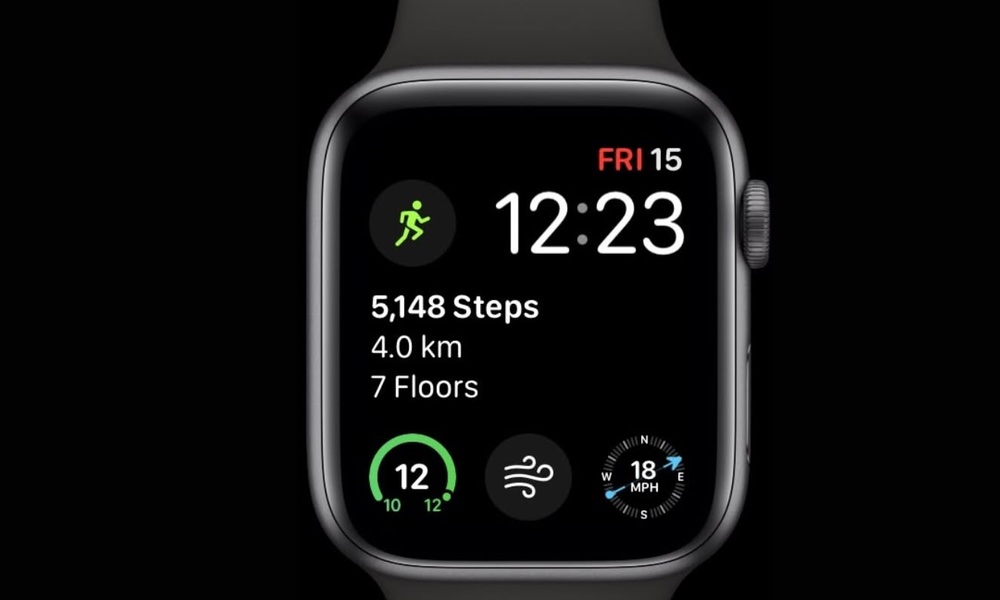Most people by now know that football is a dangerous sport — not just for the body, but more for the brain. It’s become disturbingly apparent that repeated blows to the head, big or small, add up over time and cause a form of brain degeneration called chronic traumatic encephalopathy (CTE).
Even very young players can be affected. And because of this cumulative effect, it’s incredibly important to help the very youngest players stay safe.
A new study helps lay out how much impact comes from certain kinds of plays and which plays are more and less dangerous. The Virginia Tech researchers studied a group of 34 football players who were nine to 11 years old as they practiced and played games. The researchers outfitted the kids’ helmets with accelerometers, which measure the amount of applied force. They also videotaped practices so they could correlate the amount of force from each hit with what kind of play it came from.In kids, the majority (70%) of the high-impact plays came from practices, rather than from games.
They found the majority (70%) of the high-impact plays came from practices, rather than from games, which is the opposite of what’s been observed in adult players, where most high-impact hits come from games. In the 55 practices and 10 games the team observed, there were 408 of these high-impact plays, which were defined as being a force of 40g or higher. And 118 of them logged more than 60g; 59 of the high-impact plays exceeded 70g of force.
Most of the high-impact hits among young players came from tackling drills, rather than skill drills — tackling or blocking drills accounted for only 22% of the practice time, but they led to 86% of all high-impact hits during practice. The most dangerous drill, causing many high-impact hits, was one called “King of the Circle,” where a player holding the ball in the middle of a circle of players has to break through the players surrounding him.
If tackling drills during practices account for so many of the high-impact forces to the head, it might make sense to do fewer of them.
Crunching the numbers, the authors project that reducing tackling and blocking by just 10 minutes per practice would reduce high-impact hits to the head by 38%.
“Ultimately, the number of concussions players sustain is related to the severity and number of head impacts that they experience,” study author, Steven Rowson, said in a statement. “This study provides the first data describing…head impacts in youth football practices and identifies high-risk drills. This is valuable information that can enable data-driven decisions on engineering a safer sport.”Tackling or blocking drills accounted for only 22% of the practice time, but they led to 86% of all high-impact hits during practice.
As useful as the results are, they leave a lot to be desired. When it comes to the brain, especially kids’ brains, any number of high-impact hits is too high.
Safer helmets and stricter rules both during play, especially removing players who may have suffered a concussion from the game, are other ways to reduce the problem. Talking to your kids about the danger of head-first tackles can also help, but only if coaches are on board. Hopefully coaches will take findings like this into account as they design their practices, continuing to make their kids’ brain health a priority.
The study was carried out by a team at Virginia Tech and published in the Journal of Neurosurgery: Pediatrics.





